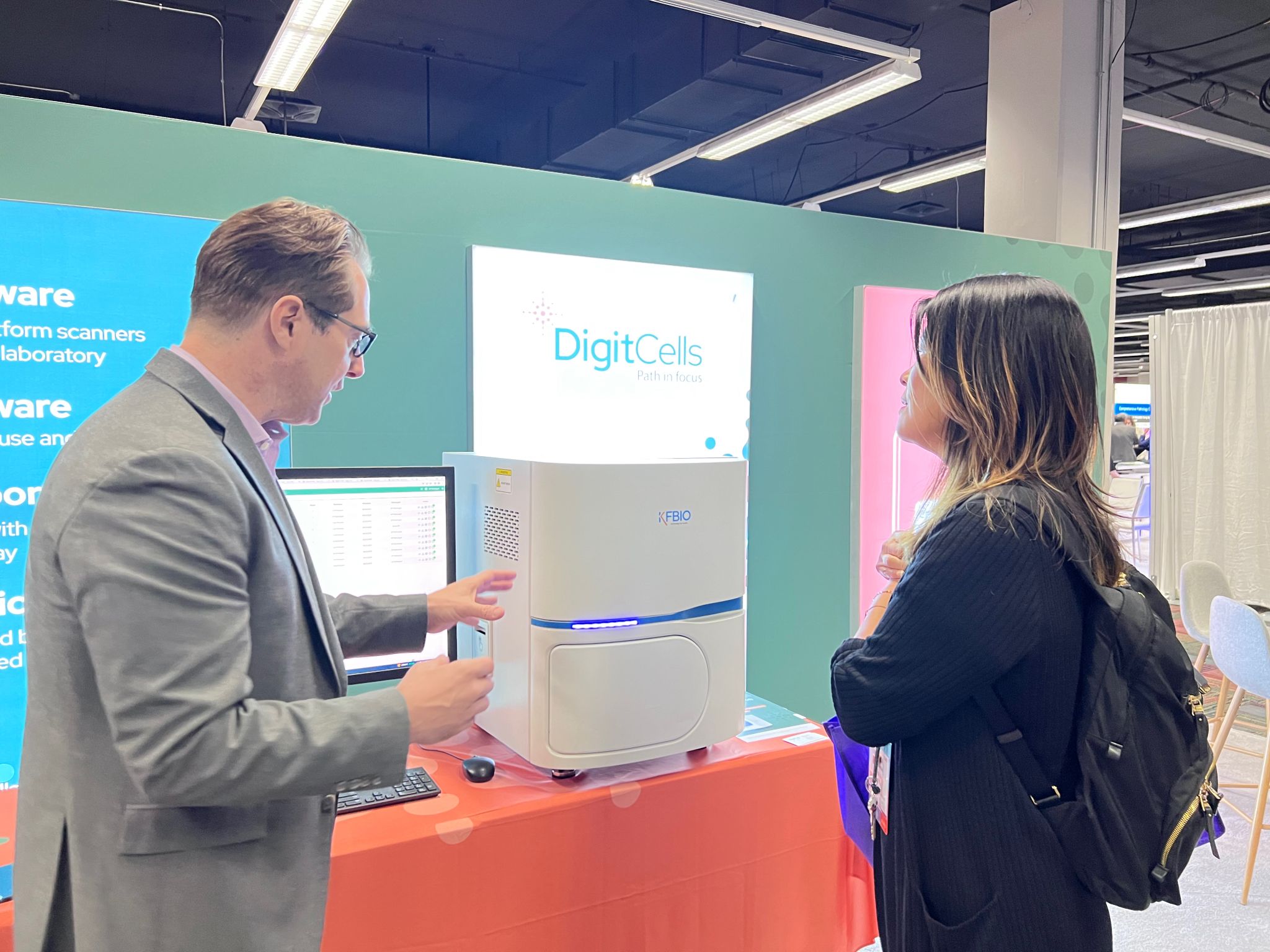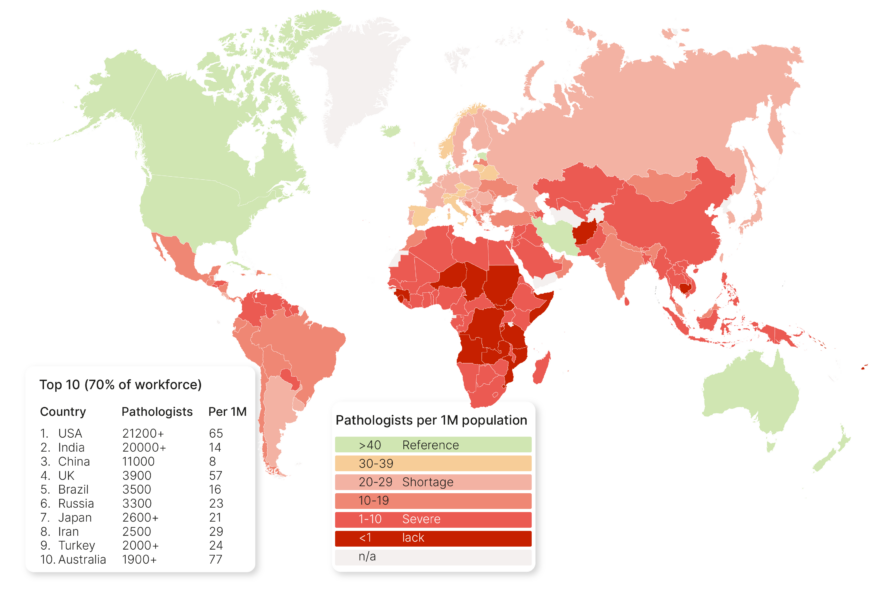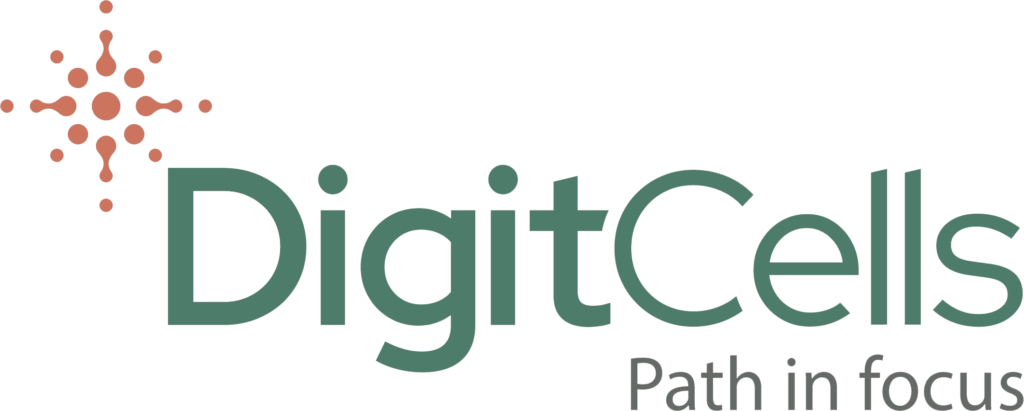As a first-year pathology resident, one of both the most daunting and exhilarating experiences of your training was presenting at tumor boards. The preparation to do so as a junior resident, meticulously reviewing every slide and picking the best ones to show the pertinent findings, was in and of itself a laborious task. Reviewing them again with your attending to confirm the slide(s) you chose showed the pertinent features also took time. Thinking about what to read in the report during the course of the tumor board was another task, planning for when the moderator says, “Can we review the pathology?” and what your spiel was going to be. Finally, ensuring the microscope on the cart with a large TV monitor or the computer and projector in the room for PowerPoint slides worked was all part of the resident’s job, and we reveled in it. We were able to interact with other specialties and speak to a large audience. We could help guide patient care and management as well as take part in and listen to the discussions regarding surgical, oncologic and radiation options for further care as indicated.
If a clinician asked about a particular margin, immunohistochemical stain, proliferative index or extent of resection, you hoped, standing in front of your colleagues and peers, you could answer it correctly. Sometimes your attending had to bail you out, and they let you know about it. The next time you made sure to know the Ki-67 index.
Twenty-five years later the technology to show pathology images and the format in which we do it has changed, for example, attending online meetings in lieu of on-site meetings. But the basic dynamic remains the same. We pull reports and slides and review the cases, selecting slides to discuss, thinking about the pertinent findings and remembering to highlight what the Ki-67 index is.
As I mentioned in a prior blog, I was concerned that online versus on-site might be a weakness for us, not seeing our colleagues over cold coffee and stale bagels and seeing clinicians shoot rubber bands or paper clips at each other for suggesting one approach over another. In fact, now that we have nearly 3 years of experience with this new paradigm, I think our role is enhanced in tumor boards. When we present, clinicians listen. While we remain behind a paraffin curtain, everyone else is behind a curtain too, blocking their cameras and leaving avatars in their place. Now it seems, showing live images with screen-sharing over simple applications everyone has on their desktops, laptops and phones, we command attention when it is our time. Questions and answers over the online platform work better than in person, albeit with less fussing by the clinicians.
While I was concerned about not shlepping the microscope cart into a cold dark conference room to make sure the light bulb still works, presenting as an online pathologist with online surgeons, oncologists and radiation oncologists, their staff and nurse navigators has many advantages without compromising the goals of a tumor board. Folks can connect from their offices, or in some instances while out of town, to participate. Whereas before, if you weren’t in the room at the prescribed time, you were not part of the discussion.
While I have seen this transformation and have accepted it, I also recognize that most of the folks whose voices I hear on the tumor boards, I may have actually met at a tumor board years ago.
As new pathologists join the practice and new clinicians join their respective practices, this interaction will be different. It seems the next generation of physicians accepts this, as part of their medical school, residency and fellowship may have been “virtual”, “remote” and “online”. They are accustomed to “small screen” technologies, and their high school and college peers in finance, banking, consulting, engineering, law and many other verticals, are also working not on-site, but online.
As we have seen over the past 3 years, digital pathology has fulfilled many roles required during one of the most disruptive and interesting times in human history.
I think one of the lessons learned from these experiences is that “slideless” pathology, facilitated of course by slides but ultimately relying on digital slides, enhances what we do in pathology and how we do it. We have technologies, too, that our clinical and radiology colleagues have enjoyed for years with EMRs to present clinical history, operative findings and imaging findings. We are no longer the pathologist at the microscope cart with a giant TV monitor. Ironically, we are at home behind the paraffin curtain with “slideless” pathology.
Repost from Corista Posted by Keith Kaplan, MD, Chief Medical Officer on 02/14/2023





